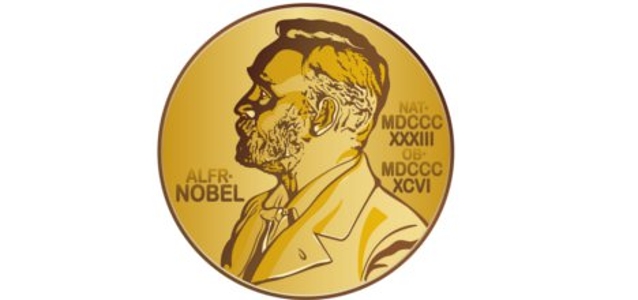
© beaniebeagle dreamstime.com
General |
Blue LEDs receives physics Nobel prize
This year's Nobel Laureates for the Nobel Prize in Physics, are rewarded for having invented an energy-efficient and environment-friendly light source – the blue light-emitting diode (LED).
When Isamu Akasaki, Hiroshi Amano and Shuji Nakamura produced bright blue light beams from their semiconductors in the early 1990s, they triggered a funda-mental transformation of lighting technology. Red and green diodes had been around for a long time but without blue light, white lamps could not be created. Despite considerable efforts, both in the scientific community and in industry, the blue LED had remained a challenge for three decades.
They succeeded where everyone else had failed. Akasaki worked together with Amano at the University of Nagoya, while Nakamura was employed at Nichia Chemicals, a small company in Tokushima.
White LED lamps emit a bright white light, are long-lasting and energy-efficient. They are constantly improved, getting more efficient with higher luminous flux per unit electrical input power. The most recent record is just over 300 lm/W, which can be compared to 16 for regular light bulbs and close to 70 for fluorescent lamps. As about one fourth of world electricity consumption is used for lighting purposes, the LEDs contribute to saving the Earth’s resources. Materials consumption is also diminished as LEDs last up to 100'000 hours, compared to 1'000 for incandescent bulbs and 10'000 hours for fluorescent lights.
The invention of the blue LED is just twenty years old, but it has already contributed to create white light in an entirely new manner to the benefit of us all.
The prize amount is SEK 8 million, and is to be shared equally between the Laureates. (1 SEK = 0.10995 EUR – Oanda 2014-10-07)




